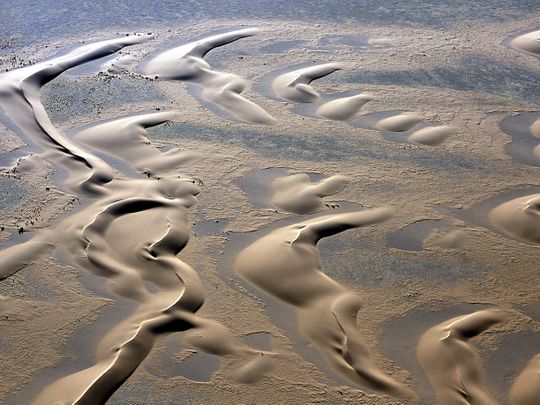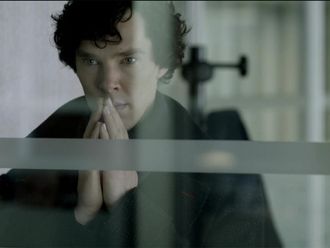
Imagine a sea of sand as large as mainland France, its dunes of sand cascading on the desert shores of four countries… welcome to the Rub Al Khali or the Empty Quarter.
Click start to play today’s Crossword, which explores the deserts and drylands of North Africa, the Middle East and Central Asia.
Occupying 410,382 square kilometres, the Rub Al Khali is the world’s largest sand desert and covers nearly a quarter of the Arabian Peninsula, with 80 per cent of it in Saudi Arabia and 20 per cent spilling into parts of Oman, the UAE, and Yemen. It is believed to have formed around 2 million years ago, with sands originally ground down from volcanic highlands and dry seabeds.
Considered to be one of the most inhospitable places on the planet, the dry, hyper-arid desert has peak summer temperatures of more than 55 degrees Celsius – and that’s just in the shade. The little rain that falls in the region, does so erratically, so the desert can go for years without any precipitation.
Containing about half as much sand as the Sahara Desert, despite being only 1/15th of its size, the Empty Quarter has enormous dunes, and they are unlike any other. Because of wind that blows from multiple directions, star dunes form in certain parts of the Empty Quarter – they grow upwards, rather than sideways like regular dunes, and consequently can grow to be some of the highest in the world. These star dunes spread like fingers, and tend to occur on the edges of the desert, where they can grow to a height of 200m, according to Geographical, the official magazine of the UK’s Royal Geographical Society.
The Rub Al Khali features another kind of dune – crescent-shaped ones that can usually be seen across the plains of Wadi Hazar in the Yemeni part of the desert. These barchan dunes, as they are called, form on relatively hard desert floors where there is a limited supply of sand and strong winds. They can grow to a metre in just a couple of hours, and move up to 100m per year, with the smaller dunes overtaking the larger ones.
The desert is also home to one of the world’s tallest sand dunes – the 300m-tall Moreeb Dune found in Liwa Oasis in Abu Dhabi. With its 50-degree incline, the dune even has its own festival every year, which sees desert sporting competitions involving four-wheel drives and bikes.
Although there are no permanent settlements within the Rub Al Khali, Bedouin tribes have lived around its edges for thousands of years, trading in frankincense and camels. The desert itself was not always so lifeless. About 6,000 to 2,000 years ago, shallow lakes could be found in the desert, and Asiatic cheetahs, ostrich and sand tigers once used to roam its vast lands. Today, conservationists are trying to repopulate the landscape with Arabian oryx and reem gazelles.
Have you seen or visited the Empty Quarter? Play today’s Crossword and let us know at games@gulfnews.com.







